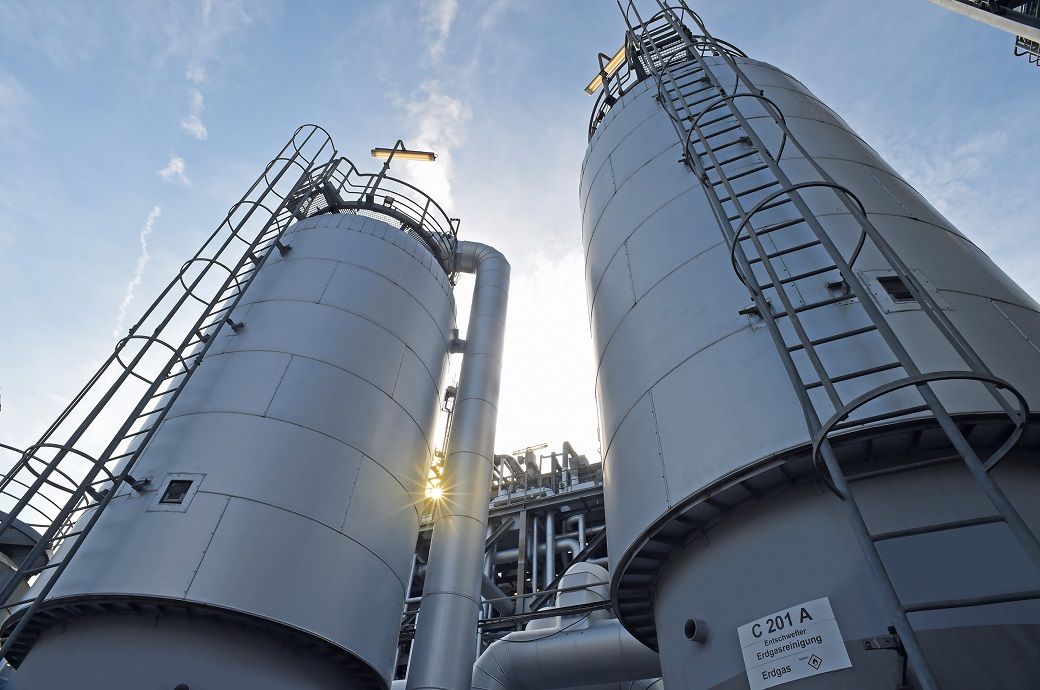BASF Introduces Renewable Ammonia Grades to Reduce Carbon Footprint
Key Ideas
- BASF introduces two ISCC+ certified renewable ammonia grades at its Ludwigshafen site, produced using hydrogen from renewable sources, reducing natural gas use and cutting the product carbon footprint.
- The new offerings support the increasing demand for low-carbon solutions and align with BASF's goal of achieving climate neutrality by 2050.
- Renewable ammonia grades can be used as a 'drop-in' solution and are part of BASF's effort to offer low-carbon products to meet market demands and reduce overall carbon footprint.
- The expansion of the ammonia portfolio is a significant step in BASF's Monomers division's sustainable journey, aiming to achieve net-zero CO2 emissions by 2050.
BASF has launched two ISCC+ certified renewable ammonia grades produced at its Ludwigshafen site using hydrogen from renewable sources. This move aims to decrease natural gas consumption and significantly lower the product's carbon footprint. The introduction of renewable ammonia and renewable ammonia solution 24.5% expands BASF's sustainable product portfolio. These grades are manufactured by feeding hydrogen into the ammonia plant at the Verbund site in Ludwigshafen, attributing renewable energy-derived hydrogen to the process. Certified according to ISCC+, these grades are available in bulk and can be seamlessly integrated as a 'drop-in' solution. Dr. Jens Aßmann, Vice President at BASF, highlights the company's commitment to achieving net-zero products and reducing the product carbon footprint. The increasing demand for low-carbon ammonia necessitates such innovations to meet market needs. BASF's Monomers division is on a sustainable path, developing circular and low-carbon options for all major product lines by 2025. These efforts are crucial to BASF's overarching goal of climate neutrality and zero CO2 emissions by 2050.
Topics
India
Renewable Energy
Sustainability
Climate Goals
Low-carbon Solutions
Product Innovation
Green Products
Latest News
